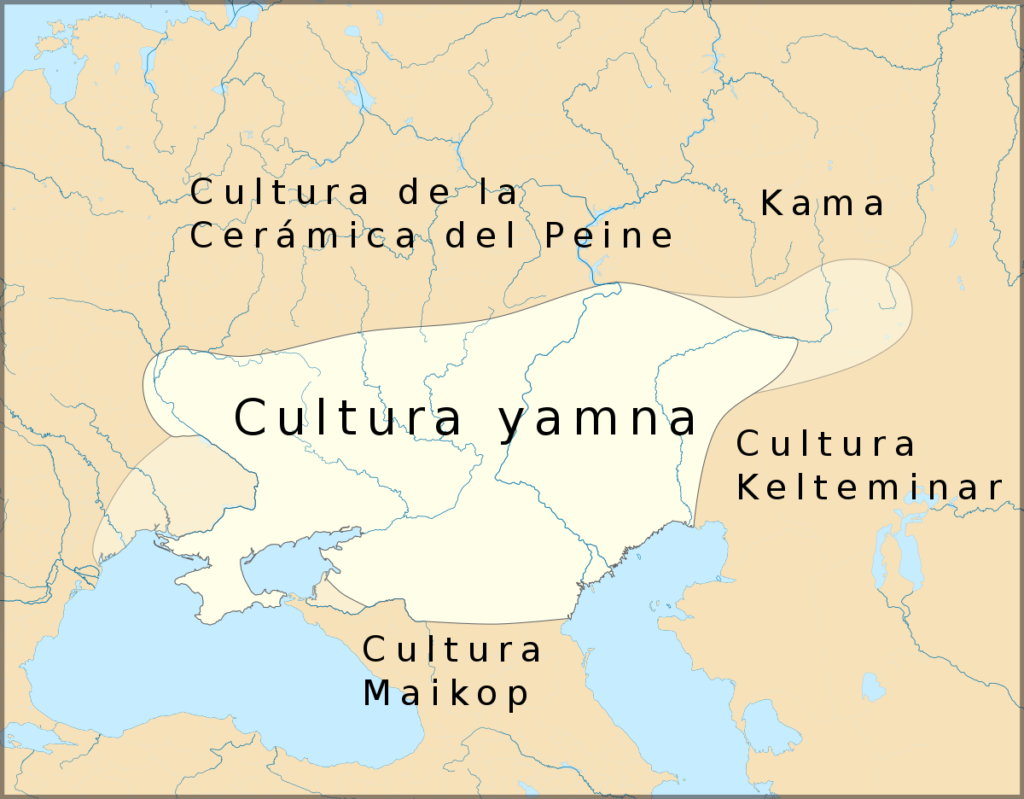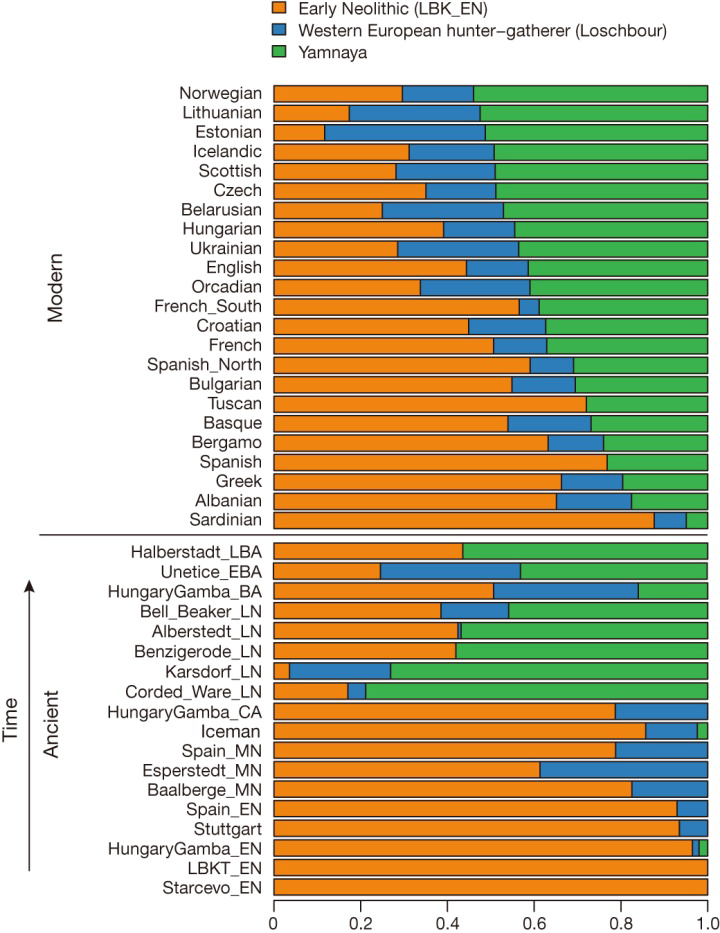You may not be familiar with this civilisation, but almost 5000 years ago the Yamnaya carried out one of the greatest invasions ever seen by any empire, whether Roman, British or Spanish. And the fact is that this civilisation managed to perpetuate their genes until the present day, going totally unnoticed.
Let’s put ourselves in the situation, the yamnaya civilisation were a series of nomadic populations that lived more than 5000 years ago in what is now the Ukrainian steppewho in the late Bronze Age decided to spread westwards into Europe.

So far so good, just another civilisation eager to get to know and interact with other civilisations they encounter along the way. But in 2015, thanks to studies carried out by David Reich discovered that its expansion across the Iberian peninsula was more successful than one might think.
In that study analysed the sequence genetics of more than 400 people who died on the Iberian peninsula during the period up to about 8000 years ago ago; and they discovered that around 4500 years ago our genetic make-up of the time began to be replaced by the make-up of the Yamnaya civilisation.
The estimated numbers are that up to 40% of the population local population at the time; and of almost 100% of the men in just 500 years.

The motifs of this replacement are not at all clear as there was no evidence of violence in the records. fossils from that time. At first it was thought that it could be bubonic plague; since the bacteria responsible in the remains of 2 people; but the idea was detested as it could not possibly affect one sex more than the other.
In the words of the lead author of the study, he argues that the collision of the two populations was not amicablebut that the men who came from abroad displaced local men almost completely; so it was not a sudden invasion but a colonisation. Another possibility is that the local Iberian women preferred the newcomers from the Ukrainian steppes in a strong context of social stratification.
Be that as it may, this population defined the genetics of the population of our entire peninsula; making us the people we are and sharing part of their genome with us, which they spread throughout Europe.